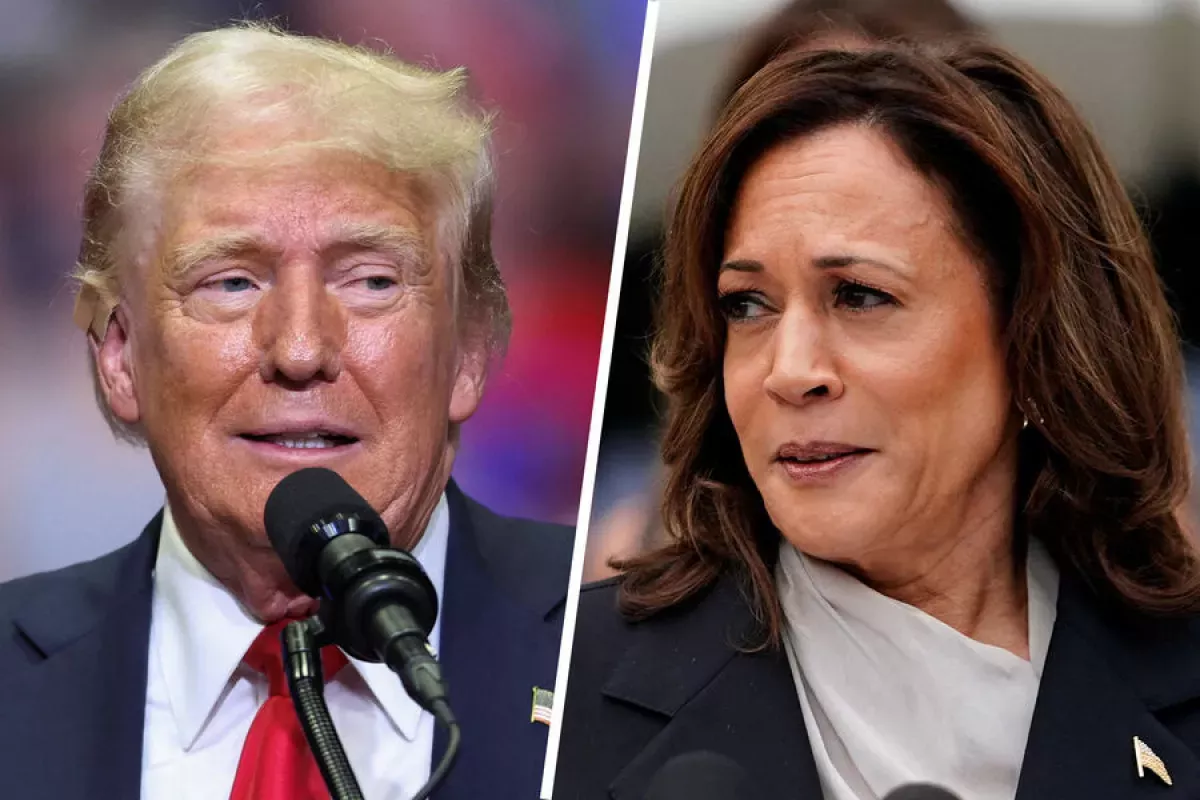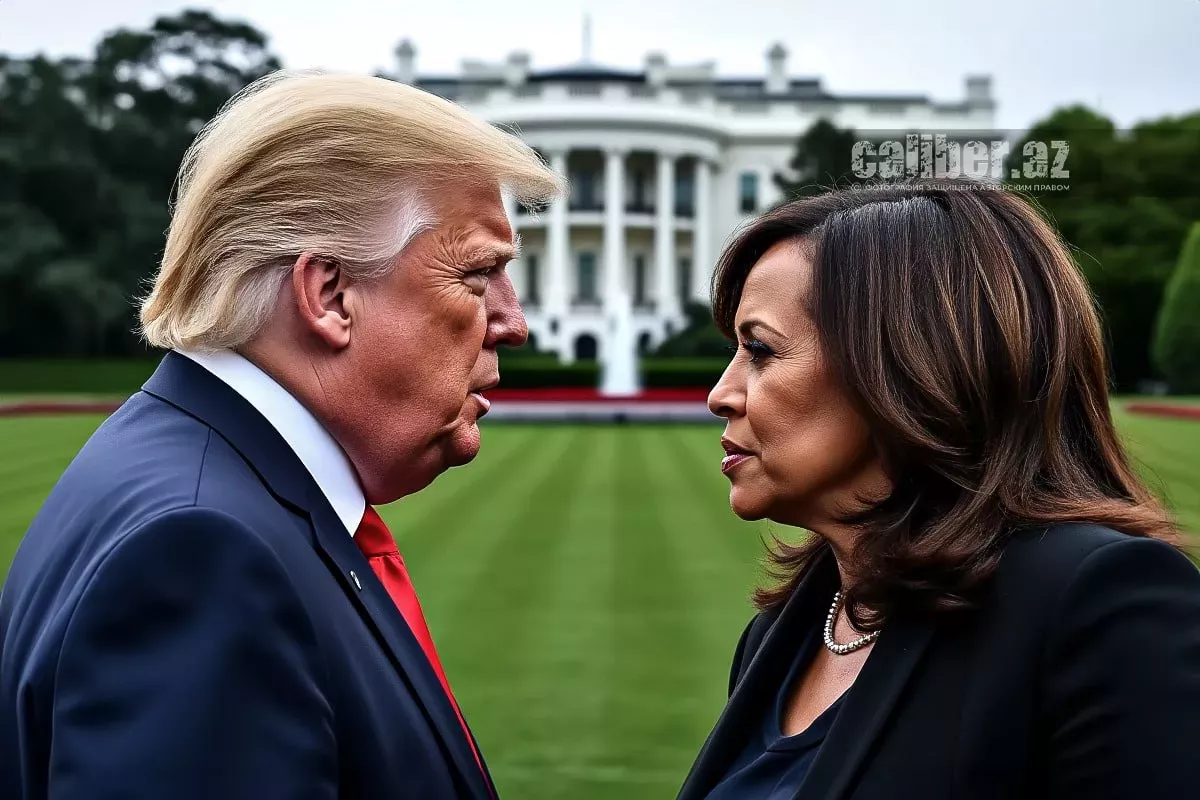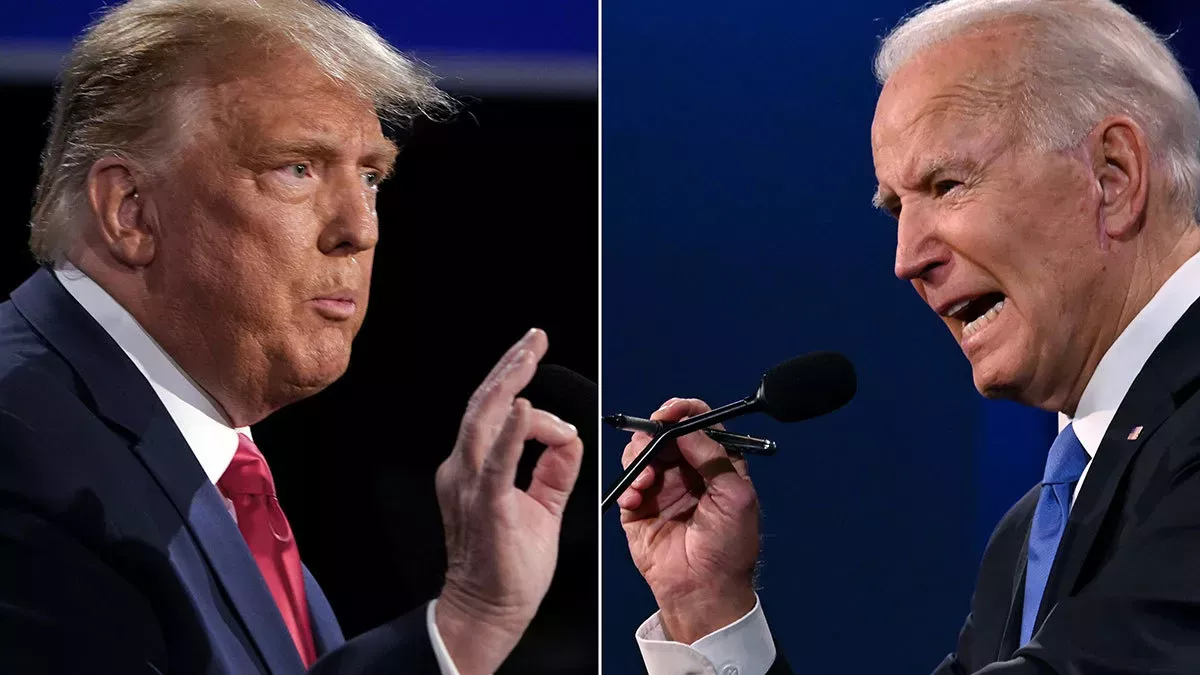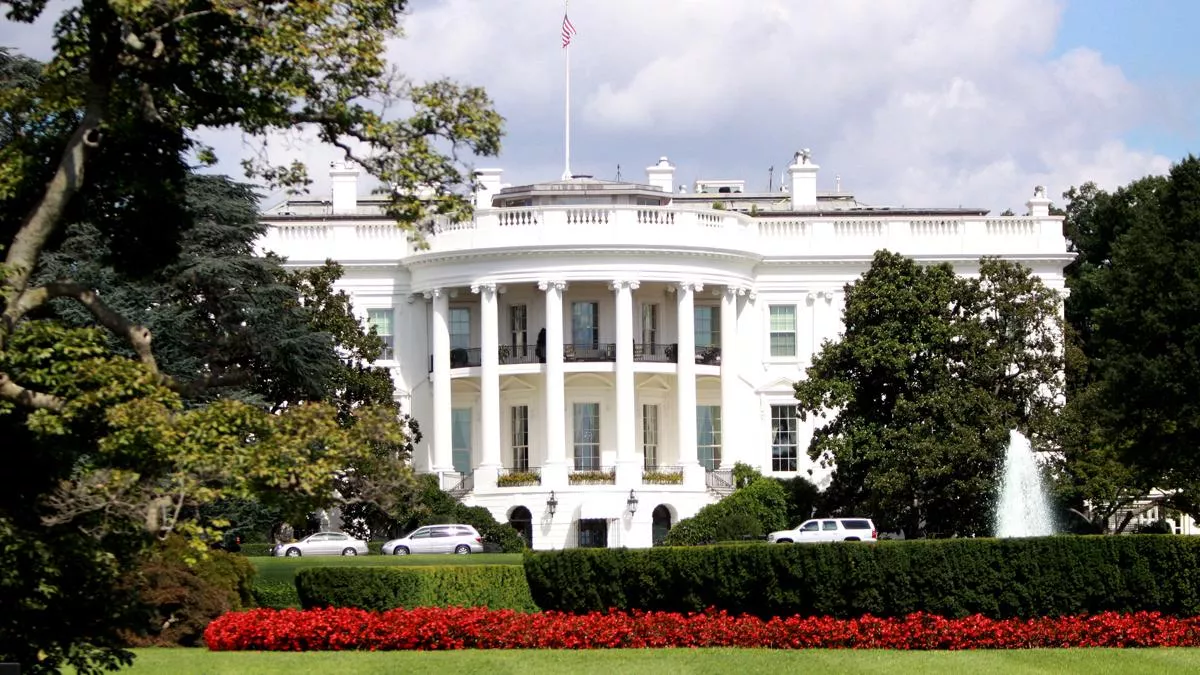Trump vs. Harris: A tight race with no clear winner in sight What pollsters say?
With less than two weeks until the biggest election of the year, pollsters are unable to predict who will be the next American president. The electoral ratings of Donald Trump and Kamala Harris have stagnated at a parity level. The only certainty amid the complete unpredictability of the election is the deep socio-political divide in the United States.
As we approach the climax of this extremely dramatic and, in many ways, unique presidential race in the US, there is little time left. On November 5, the main voting day will take place for the 60th presidential election in US history, and the next day, barring any major incidents, we can be quite certain of naming the 47th American president.
The whole world is watching
This political duel between Donald Trump and Kamala Harris is undoubtedly the number one global event, not just of this year, but likely of the previous and coming years as well. Billions of people around the globe are closely following it, and governments from various countries, as well as leaders of major corporations, are preparing for its potential outcomes. For instance, in the EU, active consultations are underway among member states and the European Commission regarding possible responses if Trump wins the election and starts to implement what he has promised during campaign rallies. There’s no doubt that many other regions of the world are also engaged in scenario planning or simply considering their options in case…

Indeed, as we have noted several times, the personification of future American foreign policy, which manifests in the stark opposition between Republicans led by Trump and Democrats with Harris's banners, seems excessive. There is indeed a significant gulf between the candidates and their governance approaches, but it is often more stylistic than substantive. While it undoubtedly reflects the deep and thus volatile social divide within the United States, it does not present a real crossroads for international relations after January 20, 2025, when the inauguration of the new president will take place.
In the rapidly changing global realities, where Washington can no longer afford many unilateral actions without considering its adversaries and allies, the boundaries of what is possible and reasonable will inevitably align and ground the stylistic differences. However, this does not mean that both Trump and Harris will act in lockstep. At the very least, it will take some time for their actual policies to align, during which various events may occur. Therefore, preparing for different scenarios of the American presidential campaign is indeed not without practical significance.
Predictions and expectations
Published less than two weeks before the main voting day, the results of sociological surveys show a very rare picture: complete electoral parity between Harris and Trump. For example, another joint New York Times and Siena College poll just released shows absolute parity between the two candidates at 48%. That was the percentage of votes that each of the candidates were going to receive from Americans polled between 20 and 23 October in the survey sample. A few weeks earlier, the same poll gave a minimal advantage to the incumbent vice president: 49 per cent were going to support her and 46 per cent to support Trump.

The latest nationwide poll by CNN before the election shows a complete tie, with both presidential candidates at 47%. A national poll by the Wall Street Journal, released on October 23, revealed that the Republican candidate leads the Democratic contender by 2 percentage points, with 47% of voters supporting Trump and 45% supporting Harris. As per BBC, Harris is just one percentage point ahead, with 48% to Trump’s 47%.
It’s important to remember the complexity of the American electoral system, which the Founding Fathers of the US sought to safeguard against the “crowd effect.” In fact, the president is not elected through a direct popular vote but rather indirectly. First, all eligible American voters express their preferences on the main voting day, which is always held on the first Tuesday of November, or through early voting. Each state then delegates a certain number of electors to the Electoral College, which ultimately determines the name of the next president approximately one month after the nationwide voting in November. Notably, under the rules of some states, electors are not obligated to cast their votes for the candidate who received the majority in their state.
Many commentators point out that the latest election dynamics should particularly worry Democrats. This concern is not only due to their regression, which has been reflected in all polls in recent weeks. While the Harris-Walz duo experienced a surge immediately following Joe Biden's exit from the race, their successes now appear more modest as they approach the finish line. A more systemic reason for concern among Democratic supporters is that in all recent presidential campaigns, they have consistently enjoyed predominant support in society, even when ultimately losing due to the Electoral College outcomes. However, current polls cast doubt on this support.
The pre-election situation in 2016 is also recalled, when all opinion polls clearly predicted a victory for Hillary Clinton, but in the end, Donald Trump emerged as the actual victor. Similarly, in 2020, pollsters did not cover themselves in glory, as most predicted a significant win for Joe Biden, yet the candidates were separated by less than 5 percentage points in the popular vote: 51.3% to 46.9%. However, in the Electoral College, Biden's lead over Trump was more impressive, with 306 electoral votes to Trump’s 232.

Pollsters themselves attribute their failures to a range of possible technical reasons, although they admit that they do not fully understand them. The most common explanation for their serious underestimation of Trump’s electoral popularity is the reluctance of some of his supporters to publicly acknowledge their preferences. They may have wanted to avoid appearing as conservative retrogrades in the eyes of others, given the overwhelmingly negative portrayal of Trump in the media and his portrayal as a quirky figure who does not meet progressive political standards. If this factor did indeed play a role, then now, eight years later, there are good reasons to believe it could manifest even more clearly. Considering the heightened political polarization in society, some individuals may avoid honesty when responding to pollsters, not only to avoid looking out of touch but also to evade conflict with friends and family.
However, to be fair, it's worth noting that in the last 14 presidential campaigns in the U.S., national opinion polls, on average, mispredicted the final results by only 2.2 percentage points. This is quite a respectable outcome. As pollsters themselves like to emphasize, even professional basketball players have a free-throw miss rate of about 10%.
The net result is unpredictability and the deepest public split
Regardless of our views on pre-election polls, the bottom line is that pollsters simply cannot provide any reliable predictions about the outcomes of the upcoming vote. Their methods are facing objective limitations, as the declared margin of error in their sampling is greater than the differences in electoral support for Trump and Harris that they have recorded in recent months. Therefore, the only certain conclusion that can be drawn from the entire array of sociological data is one of total unpredictability and uncertainty.

This conclusion is fair both when analyzing the results of nationwide polls and when delving into the electoral reality of key battleground states where the voting outcome is not predetermined by demographic specifics or the peculiarities of electoral legislation. There are seven such states: Arizona, Georgia, Michigan, Nevada, North Carolina, Pennsylvania, and Wisconsin. In all of them (again, according to the polls), the candidates from both parties enjoy a nearly parity support ratio.
This year, even the renowned historian Allan Lichtman, who has long deemed public opinion polls useless, finds it difficult to predict the outcome of the US presidential election. His forecasts rely on a unique system that combines historical and geophysical approaches known as the "13 keys to the White House." Lichtman asserts that this method is far more effective for predicting the results of American elections, claiming credit for accurately identifying the future winner in every election since 1984, with one exception. This time, Lichtman is betting on the victory of the Harris-Waltz tandem, but he hesitated until the last moment, as some of his keys remained in limbo.
Amid such heightened and somewhat unusual unpredictability, media outlets are noticeably engaged in constant manipulation of the results from numerous polls and election outcome models. Both political camps actively resort to this tactic. A brief glance at American television channels positioned on opposing electoral poles—such as CNN and Fox News—reveals that their editorial policies have little in common with impartial information presentation. Almost any pre-election study is manipulated to present a favourable perspective for their candidate.
On one hand, this reflects the usual realities of the information-political struggle. On the other hand, it serves as yet another colourful illustration of the thesis regarding the profound divide within American society. Moreover, it seems that we are witnessing a deeply entrenched, rather than situational, division. If this is the case, it will likely shape political processes in the US for a long time to come.








